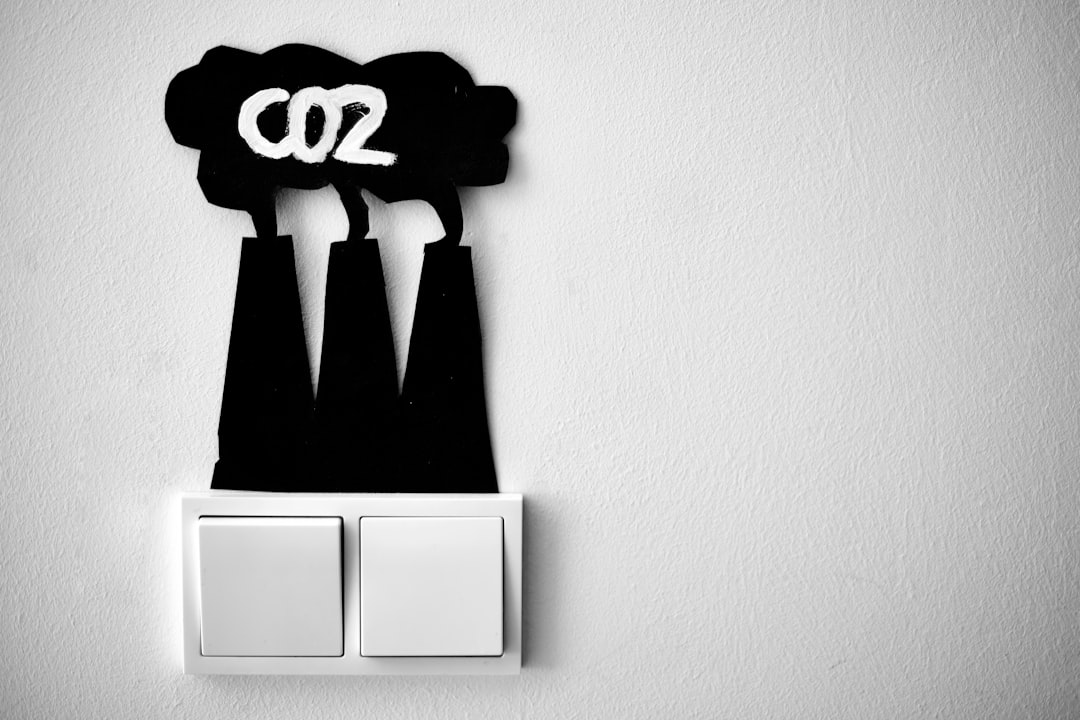What is it about?
Metal–air batteries are being envisioned as a clean and high energy fuel for the modern automotive industry. The lithium–air battery has been found most promising among the various practically applicable metal–air systems, that is, Al–air, Li–air, Mg–air, Fe–air, and Zn–air. The theoretical specific energy of the Li–air battery is ~12 kWh/kg, excluding the oxygen mass. This is comparable with the energy density of gasoline, which is ~13 kWh/kg. It has been hypothesized that the Li–air battery could supply an energy ~1.7 kWh/kg after losses from over potentials to run a vehicle ~300 miles on a single charge. During the first decade of this century, a fair amount of research has been conducted on Li–air battery system. Yet, Li–air batteries could not make an industrial breakthrough, and are still in the laboratory phase since their birth. In this article, we technically evaluated the recent developments, and the inferences have been analyzed from the practical/commercial point of view. The study concludes that low discharge rate, lower number of cycles, oxidation of lithium anode, discharge products at the cathode, and side reactions inside the battery are the key limiting factors in the slow progress of Li–air batteries on an industrial scale. The ongoing researches to overcome these hurdles have also been discussed. This analysis will help the reader to understand the current standing of the lithium–air battery technology.
Featured Image
Why is it important?
Critical review about the developments in Li-air batteries.
Perspectives
Searching alternative energy sources is the priority of the industrialized world.
Naveed Akhtar
Beihang University
Read the Original
This page is a summary of: Prospects, challenges, and latest developments in lithium-air batteries, International Journal of Energy Research, July 2014, Wiley,
DOI: 10.1002/er.3230.
You can read the full text:
Contributors
The following have contributed to this page










